The ancient Greeks first invoked this idea, as a the source of knowledge and science and the arts. (For the record any article starting off by citing the ancient Greeks is likely a snoozer, but bear with me here). Almost exclusively depicted as women, or a single woman, either angelic with wings or grounded but forever gossamer, it’s obviously a male fantasy that brought forward shows up in our culture as a beautiful woman who inspires great art. To be fair, not really ever given the agency to bestow such knowledge more recently, but more sparking a hidden genius in the male artist. But all that gobbledygook aside, the experience of inspiration and the arrival of the Muse is real and felt by anyone engaged in a creative enterprise. For the sake of moving on from this perspective, for this article I will refer to the Muse her as an “IT” rather than a “She”. I’ll also assume it as a name to denote a real thing we experience in making art, even though I personally don’t for a second see it as an outside force whispering in my ear. Whether you’re trying to invent a new widget, a sculpture a story or a painting, we all of us, experience a moment of dizzy inspiration. It can come as a wave of euphoria and understanding similar as Dostoyevsky’s stated moment of revelation just before he fell into an epileptic seizure : “It is as if all the inner workings of the world become open and I come to the precipice of understanding everything when the smell of burning…”. Sometimes it arrives as adrenalized excitement, tangible and sharp… other times more whips quiet and subtle. The point really is not how it presents itself but when and where.
The overall idea is that The Muse comes unbidden or only when bestowed alms of some kind. And there’s some truth to this. It comes like a high does- a revelation and a great excitedness of intent that in and of itself can be really addicting. I know for a lot of us in the arts, wildly chattiness, a lack of understanding the calendar and a defined normalized workspace/schedule and pattern of behavior is considered a standard assumption. We cover ourselves by blaming it on the Muse because we proudly submit ourselves to its whisperings. Who among us hasn’t hopped out of bed in the middle of the night to dribble down some new story idea or painting notion, or fix to a problem in the studio that’s been bugging us for a week? Who hasn’t suddenly stopped in the middle of a busy sidewalk stooped over an old receipt to jot down a spontaneous notion we HAVE to put into practice? Normal people don’t do this. Weirdo artists do. The reason we hold it in such high regard is not just because it’s cool to seem inspired, or aping some cultural idea of the artist formerly sitting for tea leaping up to race into the studio and begin writing as if nothing else in the world exists. putting it frankly, it’s how we get shit done. And without it… well shit does not get done. SO how do we capture this lightening in a bottle and where does it come from and why? I’ll answer the last one first: Why doesn’t matter. Forget Why. In searching for why is nothing but Ego and self aggrandizement. Therapeutic in the short run maybe, but the inherent idea that “it comes to those who deserve it”, or “it comes to those ready to receive it”, assume some intrinsic value that I just don’t think is there or really matters. The Muse visit the good and the wicked alike, so more is the question of where and when and what to do with it.
WHERE is important because it actually matters. While I don’t specifically believed in the outside magical force of the Muse, I don’t entirely dismiss the idea that what we wrestle with when we work creatively isn’t something inexplicable. While I may acknowledge that the Muse arrives on its own schedule as perhaps part of that nature, there are real practical things that bring it down from wherever. I learned this lesson, as most of my creative life lessons from comics: The Muse only comes when it knows it can find you. skipping about through life waiting for inspiration to arrive like winning lottery numbers is a sweet and terrible misunderstanding of how this works. And it actually has workings- it’s not magical at all: you just need to be available to it via the work. The grinding almost crushing persistence of comics, for example, or any big piece of art that requires days if not weeks, (comics can require years), forces you to be at work in the place where that work can happen. Yes the Muse can come calling while you’re out getting donuts, but it more often comes at work WHILE YOU ARE WORKING. Which means that if you really want to dance with your Muse, go to where the dancing’s done and it’ll be there waiting. I work pretty much everyday. I get up around 5am and work sometimes until 5 pm. in the same building in the same chair at the same drawing table. That persistency and availability means the Muse simply knows where to find you. Working on a thing, thinking about that thing either pushes us forward in making that thing, steers us into ditches or affords us breaks in thinking to push us to new paths to completing the thing. The more you work, the more often you make yourself available to being inspired to work. So I encourage pushing against this quaint notion of wandering about the forest for inspiration when you are more likely to find it at work. Being available to the Muse’s arrival means being in a place where it can find you.
If you work in a deadline based medium like I do, that Muse better show the hell up early and often because the work requires it. it’s a presumptuous notion, but the needs of the job insist I make this demand of it. But it’s a bit like training my sheep dog: Yes its loyalty and obedience is expected, but it doesn’t come simply because I want it to by fiat- I have to earn it. Training, work, paying attention… knowing when to take a walk or recognize a rut when it presents itself… these are all paths to the Muse’s arrival. It’s not a merit based thing at all, but more an act of manipulating and exploiting the right conditions for its arrival. Another way to look at it is that it’s a bit like sailing a boat: you don’t require a strong gust to propel you forward if you know how to work your sail to exploit any breeze, but you do need a breeze of some measure to sail. Sometimes that means letting yourself be stuck until the weather changes, but being ready to hop on the mizzen and exploit the rise in winds when they come. They way you do that with your creative work is simply, to WORK. Even when you’re not inspired to do it. For me with comics work over the course of years, the majority of that time is worked through more mechanically than a constant surfing of the great wave of inspiration. Comics when done right is a carefully scheduled and controlled medium that is best executed, like a good film, via planning. The planning simultaneously afford your the regular space for the Muse to find you, but also keeps the machine running when the Muse is off doing its grocery shopping and your left with having to keep working regardless.
The Muse also demands we receive its boons soberly if we’re going to best exploit them. Sorry Bukowski fanatics and Timothy Leary aficionados… getting blasted on whiskey and drugs can feel like a chaotic way towards dancing with the Muse, but anyone who’s done this knows better. Taking a bunch of rips of your studio bong may at the time feel like you’re unlocking the doors of perception and carving new and exciting paths into the psychosphere, but come back into work the next day with a cup of coffee in your hand and gaze upon your works and you’ll see you were mistaking being high, for being inspired. While yes, alternative perspectives brought by substances experiences or whatever can indeed unlock hidden pathways to creativity, they do not necessarily guarantee good work. Remember, the Muse is only there to inspire, how you take that inspiration and translate it into something real and working… that’s your job. Just because the moment of inspiration can make you feel like it;’s the best idea that’s ever happened doesn’t always translate into the best idea on paper. Art is at it’s basic core, an exercise in transcribing and translating invention. The end result is always smaller and more earthbound than its inspiration, and one of the hardest parts about making art is coming to grips with that reductiveness. The more you do it, the faster this becomes obvious. Comics is simply a medium that gets you there faster because of the scale and scope of how often you have to do it, but any medium will get you there eventually.
Another tool I often employ is setting the mood. Keeping the studio clean, or ritually cleaning it every so often sometimes clears the headspace as well as the workspace and allows for the Muse to come. I make soundtracks for work I do- particularly when they are big long projects. The music puts me where I need to be in terms of tone and mood so I can change gears more easily from regular life to my secret private world of the studio. Getting out and getting physical brings it on as well. Even a stout conversation on a wholly unrelated subject can bring a moment of A-HA! unbidden, sometimes even to a story or drawing I’ve been fiddling with for years. Its weird and not always predictable and that’s certainly what’s kind of fun about it, but you can court its arrival nonetheless.
The Muse gives but demands too. It requires us to work and be persistently in a place to be ready to work, but it also means we have to know when the best place to find it, is to leave work. One of the most essential truths each of us has to come to is to recognize that sometimes we can’t find the solve by working it endlessly. Sometimes we need to go watch something stupid on tv, sleep, read a book or take a walk to let out subconscious keep working the problem so we can find our way out of the rut. In this way the Muse is like lightening: its a wild unpredictable force, but one that does more often than not come at times where conditions suit its arrival best. Sometimes that means leaving the regular place of work to find it. I myself have more often than not found it seated on a plane going someplace, or back in the day, in a stinky subway car heading into the city from Brooklyn, or driving back from dropping my kid off at school.
I always caution against citing the Muse as responsible for one’s work less out of a fear of insulting the gossamer spirits of the 5th dimension, and more out of the inherent disempowering that kind of thinking brings. To assign such supremacy to the Muse as an outside visitor divorces the artist from his or her inspiration, and internal ability to change thoughts and invent new ways out. Don’t deny yourself the agency of you being responsible for your work. Don’t piss on your own leg, and try to convince yourself its really raining, when recognizing the value of your own way of thinking is what’s important. The Muse is a fine and essential experience of art making, but as we constantly chase the god int he machine for its secrets, never for get you are both and the act of that internal cat and mouse is kind of the point. Make of the Muse your beast, train it, respect it love it and nurture it, but also understand its nature within yourself and drive the herd towards the gate of your design, and you’ll find that Muse thing comes more often than would otherwise. The more you work, the more you work, and the same goes for inspiration. Most or all of my best work has come from saddling the Muse and going for a wild long ride where it leads. I have learned to respect its nature, and how to coax it when I need to, but more importantly how to also continue to make work when it’s not around. Art is inherently a relationship, and like the relationship you have with an audience it’s foremost important to assure your relationship with your creative self. To understand it, bend when it requires bending, and fighting when it requires a tussle, simply makes for a better marriage of your work and inspiration. Whatever it is, don’t ignore it or take it for granted because the Muse can be fickle and easily offended, and won’t often return unless you set the right table for it.



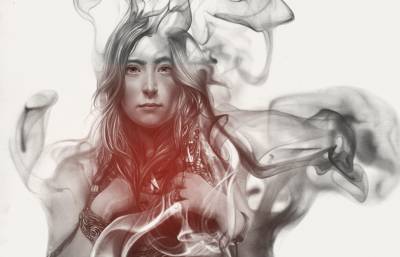
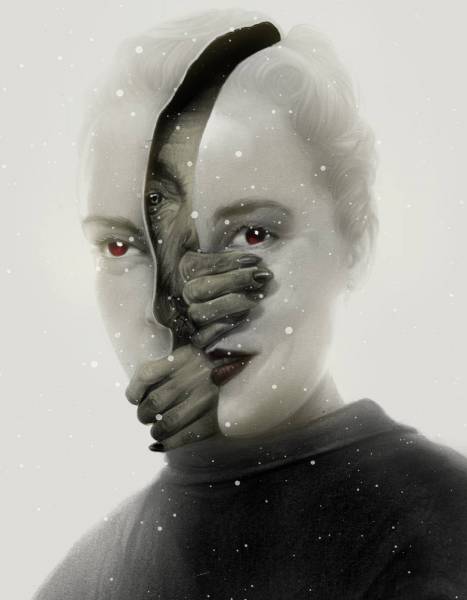
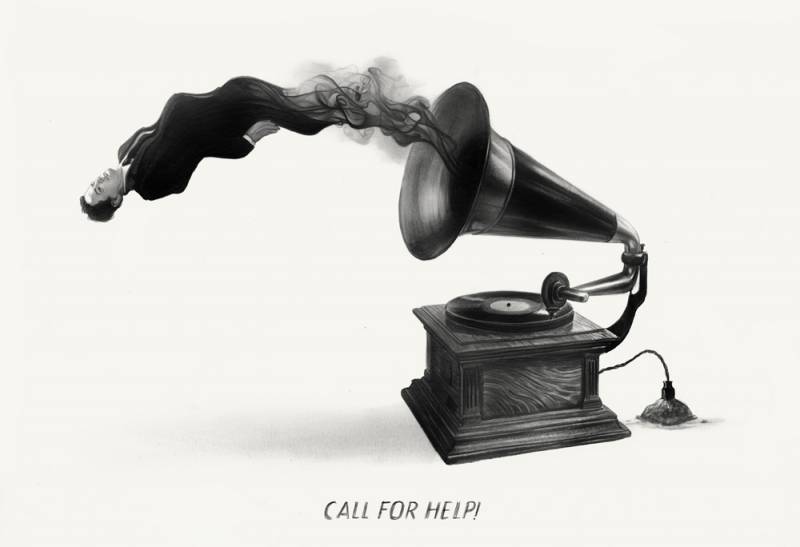

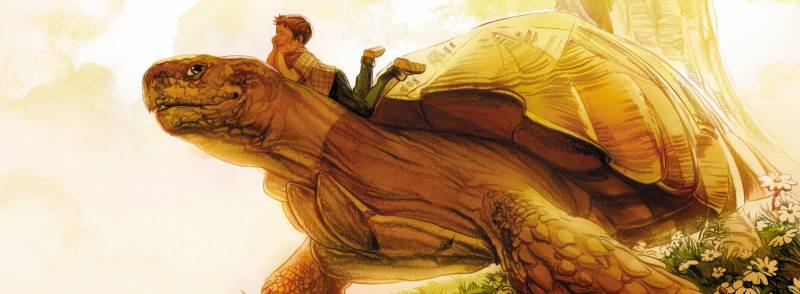
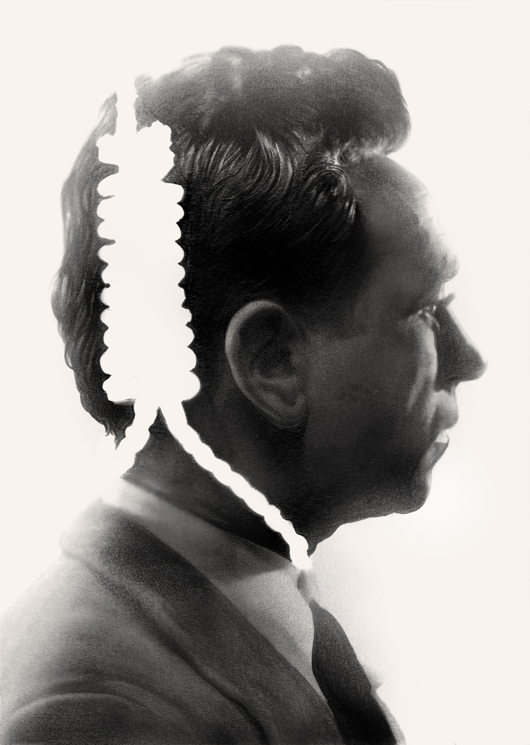

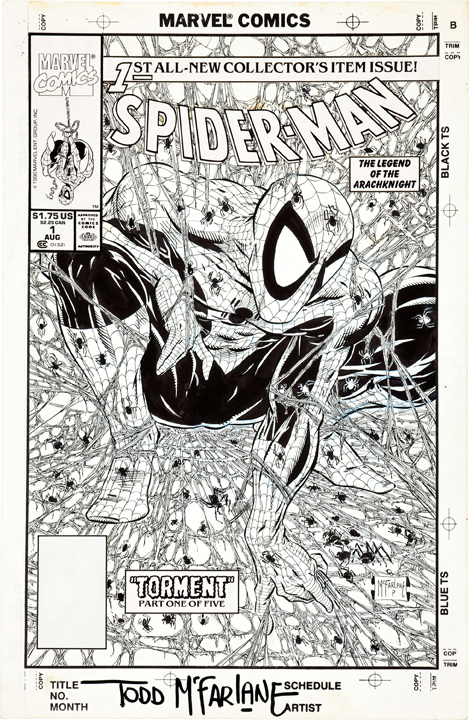
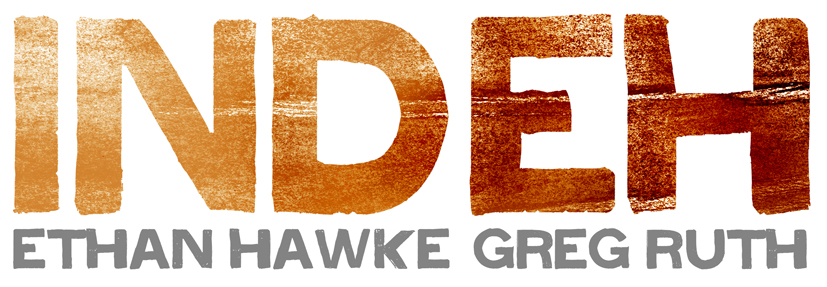
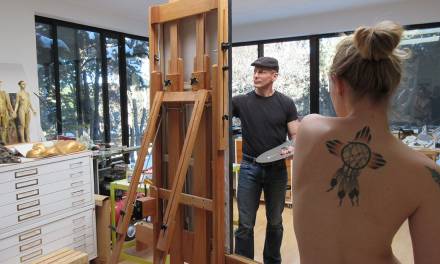

Recent Comments